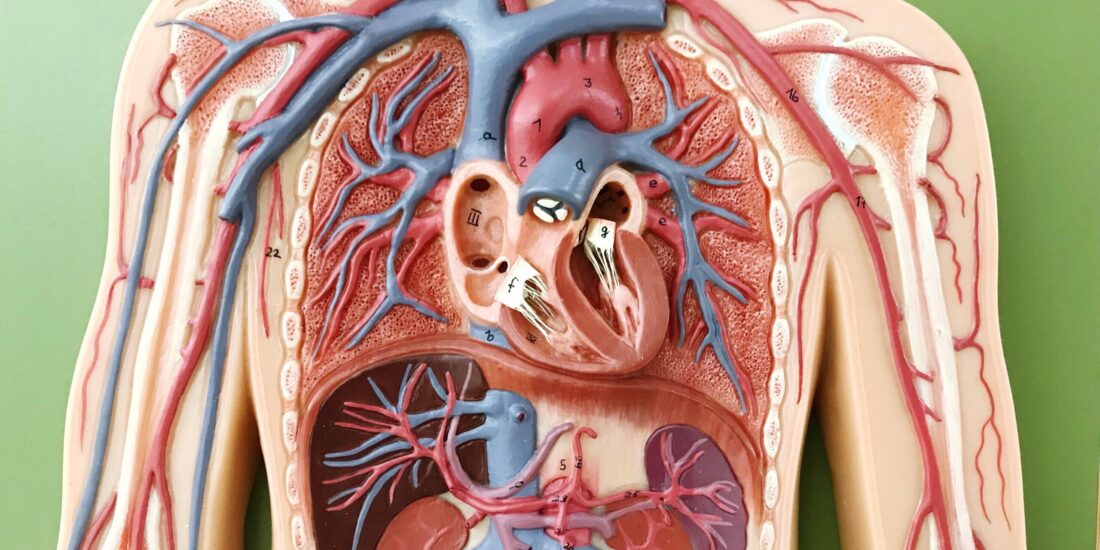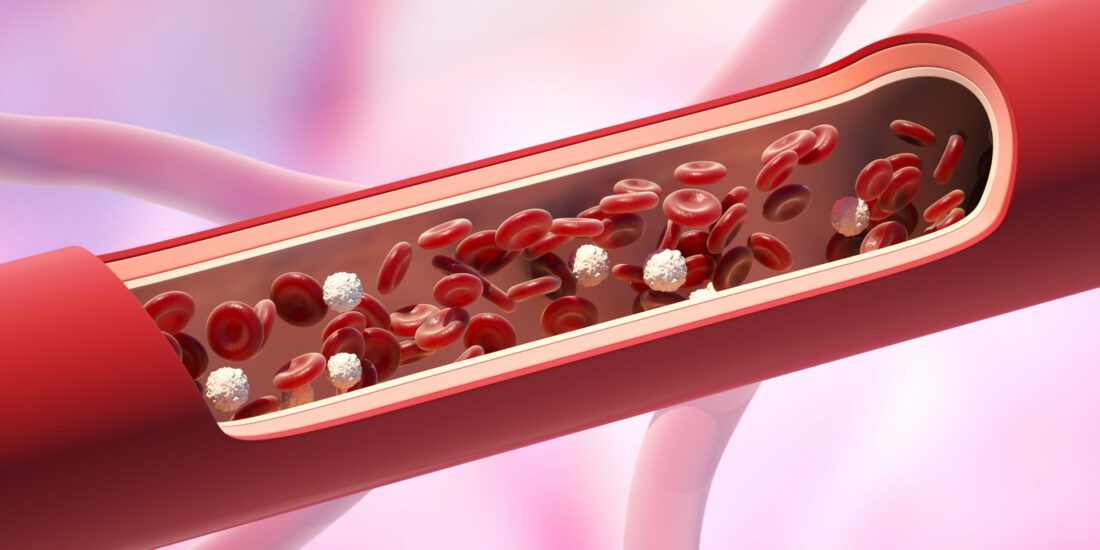Crosstalk of Astrocytes and Other Cells during Ischemic Stroke
By Tingting He, Guo-Yuan Yang, and Zhijun Zhang Excerpt from the article published in Life 2022, 12, 910. https://doi.org/10.3390/life12060910 Editor’s Highlights Astrocytes are the most abundant glial cell type; they play a major role in maintaining homeostasis. After brain ischemia, astrocytes changed from the normally bushy form to a hypertrophic stellate shape and then to a highly […]
Continue ReadingCompositions and Functions of Mitochondria-Associated Endoplasmic Reticulum Membranes and Their Contribution to Cardioprotection by Exercise Preconditioning
By Yuhu Lv, Lin Cheng and Fenglin Peng Excerpt from the article published in Frontiers in Physiology, volume 13, 06 June 2022 DOI=10.3389/fphys.2022.910452 Editor’s Highlights Abstract Mitochondria-associated endoplasmic reticulum membranes (MAMs) are important components of intracellular signaling and contribute to the regulation of intracellular Ca2+/lipid homeostasis, mitochondrial dynamics, autophagy/mitophagy, apoptosis, and inflammation. Multiple studies have […]
Continue ReadingCell death regulation by MAMs: from molecular mechanisms to therapeutic implications in cardiovascular diseases
By Yiran E. Li, James R. Sowers, Claudio Hetz, and Jun Ren Excerpt from the article published in Cell Death Dis 13, 504 (2022). https://doi.org/10.1038/s41419-022-04942-2 Editor’s Highlights Mutually coupled membrane components between mitochondria and ER, referred to as mitochondria-associated membranes (MAMs). MAMs refer to the complex of outer mitochondrial membrane (OMM) and ER segregated by a distance […]
Continue ReadingMitochondrial transfer/transplantation: an emerging therapeutic approach for multiple diseases
By Zonghan Liu, Yi Sun, Zhengtang Qi, Lu Cao, and Shuzhe Ding Excerpt from the article published in Cell and Bioscience 12, 66 (2022). Published: 19 May 2022, DOI: https://doi.org/10.1186/s13578-022-00805-7 Editor’s Highlights Mitochondria are semiautonomous, semiself-replicating, highly dynamic organelles, endowed with their own circular, double-stranded DNA molecule that spans 16.6 kb and intramitochondrial replication and translational machinery. Intercellular mitochondrial […]
Continue ReadingNeuroimmune cardiovascular interfaces control atherosclerosis
By Mohanta SK, Peng L, Li Y, Lu S, Sun T, Carnevale L, Perrotta M, Ma Z, Förstera B, Stanic K, Zhang C, Zhang X, Szczepaniak P, Bianchini M, Saeed BR, Carnevale R, Hu D, Nosalski R, Pallante F, Beer M, Santovito D, Ertürk A, Mettenleiter TC, Klupp BG, Megens RTA, Steffens S, Pelisek J, […]
Continue ReadingSigma-1 Receptor Agonists are Protective in Renal Ischemia/Reperfusion Injury
By Akos Roland Toth, Tamas Lakat, Judit Hodrea, Dora B Balogh, Adam Vannay, Laszlo Wagner, Attila Szabo, Andrea Fekete, and Adam Hosszu Excerpt from the article published in Nephrology Dialysis Transplantation, Volume 37, Issue Supplement_3, May 2022, gfac067.081, https://doi.org/10.1093/ndt/gfac067.081 Editor’s Highlights Sigma-1 receptor agonists act directly on proximal tubular cells by activating the S1R-Akt-eNOS signaling pathway […]
Continue ReadingChronic Sigma 1 receptor activation alleviates right ventricular dysfunction secondary to pulmonary arterial hypertension
By Yazhou Sun, Weiguo Wan, Xin Zhao, Xueyu Han, Tianxin Ye, Xiaoli Chen, Qian Ran, Xiukun Wang, Xin Liu, Chuan Qu, Shaobo Shi, Cui Zhang & Bo Yang (2022) Excerpt from the article published in Bioengineered, 13:4, 10843-10856, DOI: 10.1080/21655979.2022.2065953 Editor’s Highlights Pulmonary arterial hypertension (PAH) is a chronic disease characterized by a progressive elevation in mean pulmonary artery pressure, which […]
Continue ReadingEffects of sub-chronic, in vivo administration of sigma non-opioid intracellular receptor 1 ligands on platelet and aortic arachidonate cascade in rats
By Sándor Váczi, Lilla Barna, Krisztián Laczi, Ferenc Tömösi, Gábor Rákhely, Botond Penke, Lívia Fülöp, Ferenc Bogár, Tamás Janáky, Mária A. Deli, and Zsófia Mezei Excerpt from the article published in European Journal of Pharmacology, 2022, 174983 Doi: https://doi.org/10.1016/j.ejphar.2022.174983. Editor’s Highlights Only a fraction of all cardiovascular diseases is of cardiac origin, and macro-and microvascular […]
Continue ReadingActivation of Sigma-1 Receptor Alleviates ER-Associated Cell Death and Microglia Activation in Traumatically Injured Mice
By Mingming Shi, Liang Liu, Xiaobin Min, Liang Mi, Yan Chai, Fanglian Chen, Jianhao Wang, Shuyuan Yue, Jianning Zhang, Quanjun Deng, and Xin Chen Excerpt from the article published in Journal of Clinical Medicine 2022, 11, 2348 Doi: https://doi.org/10.3390/jcm11092348 Editor’s Highlights The sigma-1 receptor (Sig-1R) is a ubiquitous ER-resident chaperone localized acting as a dynamic pluripotent […]
Continue ReadingSigma 2 receptor (σ2R/TMEM97) in Retinal Ganglion Cell Degeneration
By Hua Wang, Zhiyou Peng, Yiwen Li et al. Excerpt from the article published in Retinal Ganglion Cell Degeneration, 15 March 2022, PREPRINT (Version 1) available at Research Square Doi: https://doi.org/10.21203/rs.3.rs-1439890/v1 Editor’s Highlights The sigma 2 receptor (σ2R) plays a signicant role in the retinal ganglion cell (RGC) degeneration pathway and that inhibiting σ2R/TMEM97 function is […]
Continue Reading









